As the sun rises over the ancient streets of Kyoto’s (Rakutou) East, a sense of timeless beauty fills the air. Nestled amidst the modern hustle and bustle, this enchanting district is a treasure trove of hidden gems waiting to be discovered.
From the mesmerizing hues of cherry blossoms in spring to the vibrant tapestry of autumn leaves, the seasons paint a vivid backdrop for exploration. But beyond the picturesque landscapes lies a world steeped in history and tradition, where ancient temples whisper tales of bygone eras and the aroma of freshly brewed matcha tea wafts through the narrow alleyways.
Step into this captivating realm and let your senses be awakened, for Kyoto’s (Rakutou) East promises an immersive journey that transcends time and leaves a lasting impression.
Good To Know

- Rakutou (East) is home to historical landmarks such as Kiyomizu-dera Temple and the Golden Pavilion, showcasing Kyoto’s rich cultural heritage.
- Visitors can enjoy traditional cultural experiences like attending festivals, enjoying traditional music and dance, and appreciating the art of tea in teahouses.
- The region offers natural wonders including lush mountains, serene rivers, bamboo forests, and wildlife encounters, providing opportunities for outdoor exploration and connection with nature.
- Rakutou (East) is a culinary paradise with vibrant markets, local delicacies, kaiseki meals, and renowned sushi and sashimi restaurants, making it a must-visit destination for foodies.
Historical Landmarks

Kyoto’s historical landmarks offer a captivating glimpse into the rich cultural heritage of this ancient city. The historical preservation of these architectural marvels is truly remarkable.
One such landmark is the Kiyomizu-dera Temple, a wooden structure that dates back to the 8th century. Its grandeur and intricate design leave visitors in awe of the craftsmanship of the past.
Another notable site is the Golden Pavilion, or Kinkaku-ji, with its shimmering gold-leaf exterior reflecting on the surrounding pond. It’s a testament to the opulence and beauty of Japanese architecture.
The Fushimi Inari Taisha Shrine is famous for its thousands of vibrant red torii gates, creating a mesmerizing path through the forest.
Exploring these historical landmarks is like stepping back in time, immersing oneself in the beauty and grandeur of Kyoto’s cultural heritage.
https://www.viator.com/tours/Kyoto/Exploring-Kyoto-Rakutou-East/d332-104654P3
Cultural Experiences

Visitors to Kyoto can enjoy a variety of cultural experiences that showcase the city’s rich traditions and customs. Here are four must-try cultural experiences in Kyoto:
-
Traditional Festivals: Kyoto is known for its vibrant traditional festivals, such as the Gion Matsuri and the Jidai Matsuri. These festivals offer a glimpse into the city’s history and allow visitors to witness stunning processions, traditional performances, and beautifully adorned floats.
-
Traditional Music: Kyoto is home to various traditional music forms, including Gagaku (court music) and Koto (a traditional string instrument). Attend a live performance and be mesmerized by the enchanting melodies and intricate rhythms that have been passed down through generations.
-
Traditional Dance: Experience the grace and elegance of traditional Japanese dance by watching a performance or joining a dance workshop. Kyoto offers opportunities to learn and appreciate traditional dance forms like Nihon Buyo, which combines storytelling and graceful movements.
-
Tea Ceremony: Engage in the art of tea appreciation at one of Kyoto’s traditional teahouses. Learn about the meticulous preparation and ritualistic aspects of Japanese tea ceremonies while enjoying a serene and meditative atmosphere.
These cultural experiences allow visitors to delve deeper into Kyoto’s heritage and gain a deeper understanding of its traditions and customs.
Natural Wonders
As one explores the cultural experiences of Kyoto, they may find themselves drawn to the captivating natural wonders that await in this enchanting city. From lush mountains to serene rivers, Kyoto offers a stack of opportunities for nature hikes and wildlife encounters.
The city is blessed with an abundance of green spaces that invite visitors to enjoy the beauty of the natural world. One can wander along scenic trails, surrounded by towering bamboo forests, and listen to the symphony of chirping birds and rustling leaves. Along the way, they may even have the chance to spot a variety of wildlife, such as elegant deer gracefully grazing in the meadows or mischievous monkeys playfully swinging through the treetops.
Kyoto’s natural wonders provide a respite from the bustling city and a chance to connect with the freedom and serenity of the great outdoors.
Culinary Delights
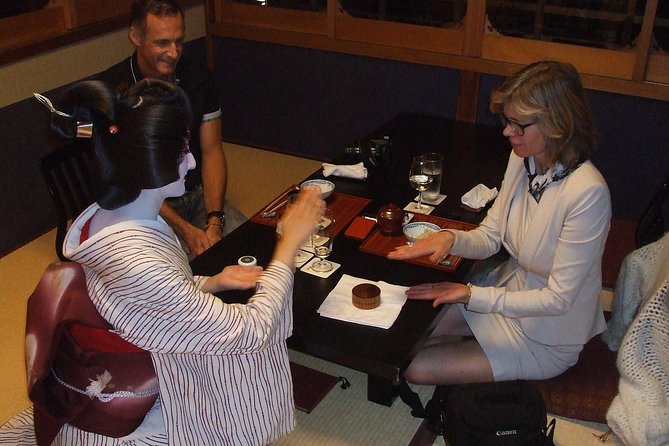
Nestled within the heart of Kyoto, a world of culinary delights awaits eager explorers. From bustling food markets to serene tea ceremonies, there’s something to satisfy every palate. Here are four highlights not to be missed:
-
Food Markets: Enjoy the vibrant atmosphere of Nishiki Market, where you can find an array of fresh produce, local delicacies, and traditional snacks. Sample street food like takoyaki (octopus balls) or indulge in a bowl of steaming ramen.
-
Tea Ceremonies: Experience the ancient art of tea making at one of Kyoto’s tea houses. Be enchanted by the graceful movements of the tea master as they prepare matcha tea with precision and grace. Take a sip and let the rich flavors transport you to a place of tranquility.
-
Kaiseki Cuisine: Treat yourself to a multi-course kaiseki meal, a culinary masterpiece that showcases the seasonal flavors of Kyoto. Each dish is meticulously prepared and beautifully presented, offering a symphony of tastes and textures.
-
Sushi and Sashimi: Kyoto is home to some of the finest sushi and sashimi restaurants in Japan. Indulge in the freshest seafood, expertly crafted by skilled chefs. Whether you prefer traditional nigiri or innovative rolls, be prepared for a taste sensation like no other.
Set out on a culinary adventure in Kyoto and let your taste buds guide you through a world of flavors and experiences.
Traditional Crafts
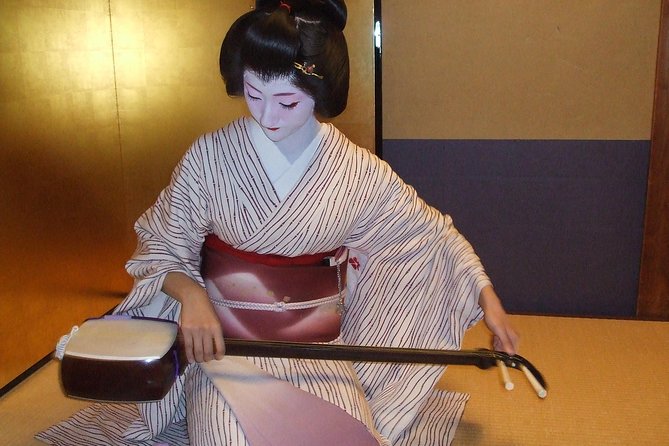
Immerse yourself further into the rich cultural tapestry of Kyoto by exploring its traditional crafts, where skilled artisans breathe life into centuries-old techniques and create exquisite works of art. As you wander through the streets of Rakutou, you will be captivated by the intricate beauty of the local crafts and the passion of the artisans behind them. From delicate pottery to elegant textiles, each piece tells a story, reflecting the unique heritage of Kyoto. Take a moment to appreciate the dedication and skill that goes into every creation, as generations of knowledge are passed down from master to apprentice. The table below highlights some of the traditional crafts you can discover in Kyoto:
| Craft | Description |
|---|---|
| Kyo-Yuzen | Hand-dyed silk garments adorned with vibrant and intricate designs |
| Kiyomizu Pottery | Handcrafted ceramics known for their delicate beauty and unique glazes |
| Nishijin Weaving | Luxurious silk fabrics woven with intricate patterns, often used for kimono and obi production |
| Kyo Karakami | Traditional paper with intricate patterns, used for sliding doors, screens, and stationary items |
| Kyo Kumihimo | Braided cords made from silk threads, used as accessories for kimono and traditional dress |
Discovering these traditional crafts is not just a shopping experience, but a journey into the heart and soul of Kyoto’s cultural heritage. The local artisans pour their passion and expertise into every creation, ensuring that each piece is a true work of art. So take your time, explore the workshops, and let the beauty of Kyoto’s traditional crafts inspire you.
Hidden Gems
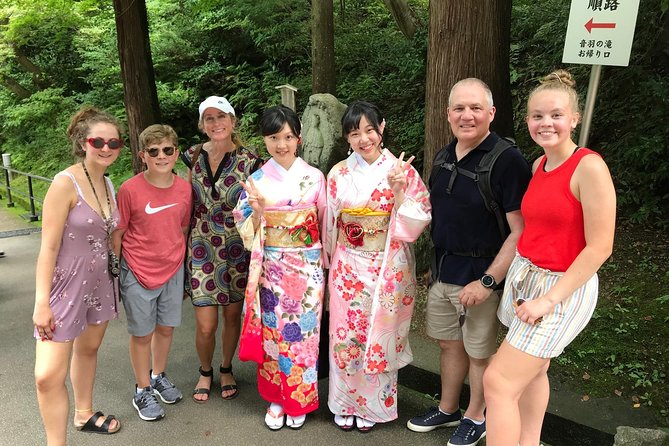
Tucked away in the corners of Kyoto are hidden gems waiting to be discovered. These offbeat attractions and local secrets offer a unique and unconventional experience for those seeking to break free from the tourist crowds.
-
Kodai-ji Temple: Nestled in the Higashiyama district, this temple is often overlooked by visitors. Its stunning gardens, serene atmosphere, and intricate architecture make it a true hidden gem.
-
Nanzen-ji Suirokaku Aqueduct: A hidden engineering marvel, this aqueduct is a testament to Kyoto’s rich history. Visitors can walk along the brick arches and appreciate the blending of nature and man-made structures.
-
Kiyomizu-dera Temple: While not entirely unknown, this temple offers a hidden secret – a viewing platform that provides breathtaking panoramic views of Kyoto. It’s worth the uphill climb for this hidden gem.
-
Sannenzaka and Ninenzaka Streets: These charming cobblestone streets transport visitors back in time with their traditional wooden buildings, quaint shops, and tea houses. Exploring these streets is like stepping into a different era.
Uncovering these hidden gems allows travelers to experience a side of Kyoto that’s often overlooked, providing a sense of freedom and adventure.
Frequently Asked Questions
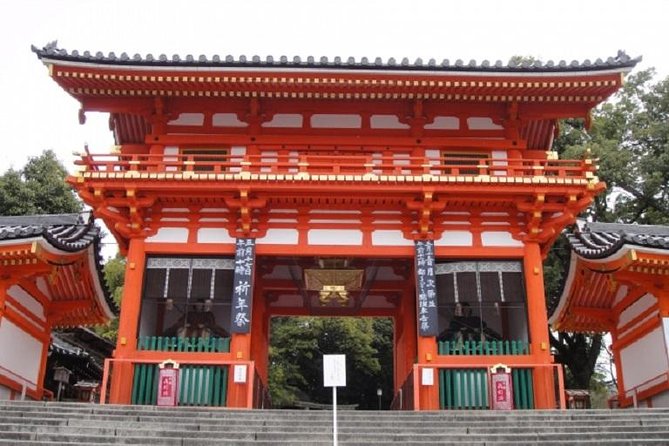
How Can I Contact Viator’s Customer Support for Assistance With Booking the ‘Exploring Kyoto – (Rakutou) East’ Tour?
To contact Viator’s customer support for tour booking assistance, customers can reach out to their dedicated support team. They offer various channels, such as phone, email, and live chat, to provide prompt and helpful assistance.
What Is the Cancellation and Refund Policy for the ‘Exploring Kyoto – (Rakutou) East’ Tour?
The cancellation and refund policy for the ‘Exploring Kyoto – (Rakutou) East’ tour allows customers to cancel their booking and receive a full refund up to 24 hours before the scheduled tour.
Are There Any Travel Safety Tips or Guidelines Specifically Related to Visiting the ‘Exploring Kyoto – (Rakutou) East’ Attractions?
Travel safety tips for visiting the attractions in ‘Exploring Kyoto – (Rakutou) East’ include staying hydrated, wearing comfortable shoes, and being mindful of local customs. The best time to visit is during the spring cherry blossom season.
Can I Customize the ‘Exploring Kyoto – (Rakutou) East’ Tour Based on My Budget and Preferences?
Yes, the ‘Exploring Kyoto – (Rakutou) East’ tour can be customized based on budget and preferences. Viator offers various customization options and budget-friendly alternatives to ensure a personalized and affordable travel experience.
What Is the Product Code for the ‘Exploring Kyoto – (Rakutou) East’ Tour, and How Can I Use It for Reference or Tracking Purposes?
The product code for the ‘Exploring Kyoto – (Rakutou) East’ tour is a unique identifier used for reference and tracking purposes. It ensures accuracy in reservations and allows for easy customer support.
The Sum Up
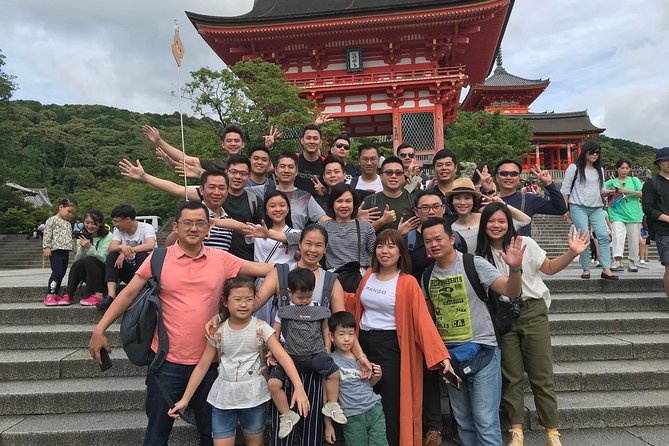
As the sun sets over the enchanting streets of Kyoto’s (Rakutou) East, one can’t help but feel a sense of wonder and awe. This captivating region, with its historical landmarks, cultural experiences, and hidden gems, offers a truly immersive journey into Japan’s rich traditions and history.
From the tranquil gardens to the bustling markets, every corner of Kyoto’s (Rakutou) East holds a story waiting to be discovered.
So, step into this world of beauty and embrace the magic that awaits in this captivating part of Japan.




